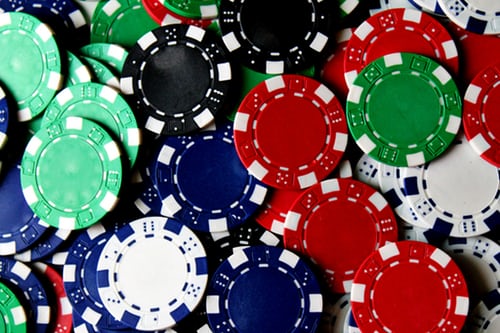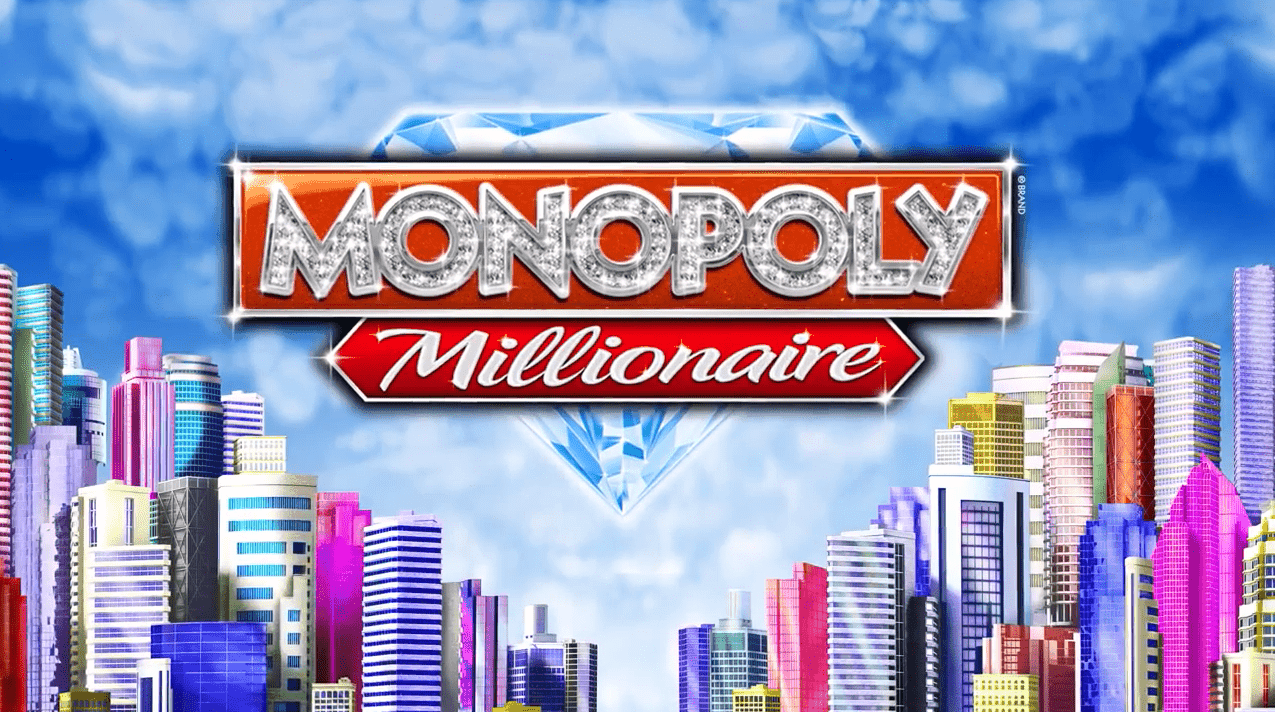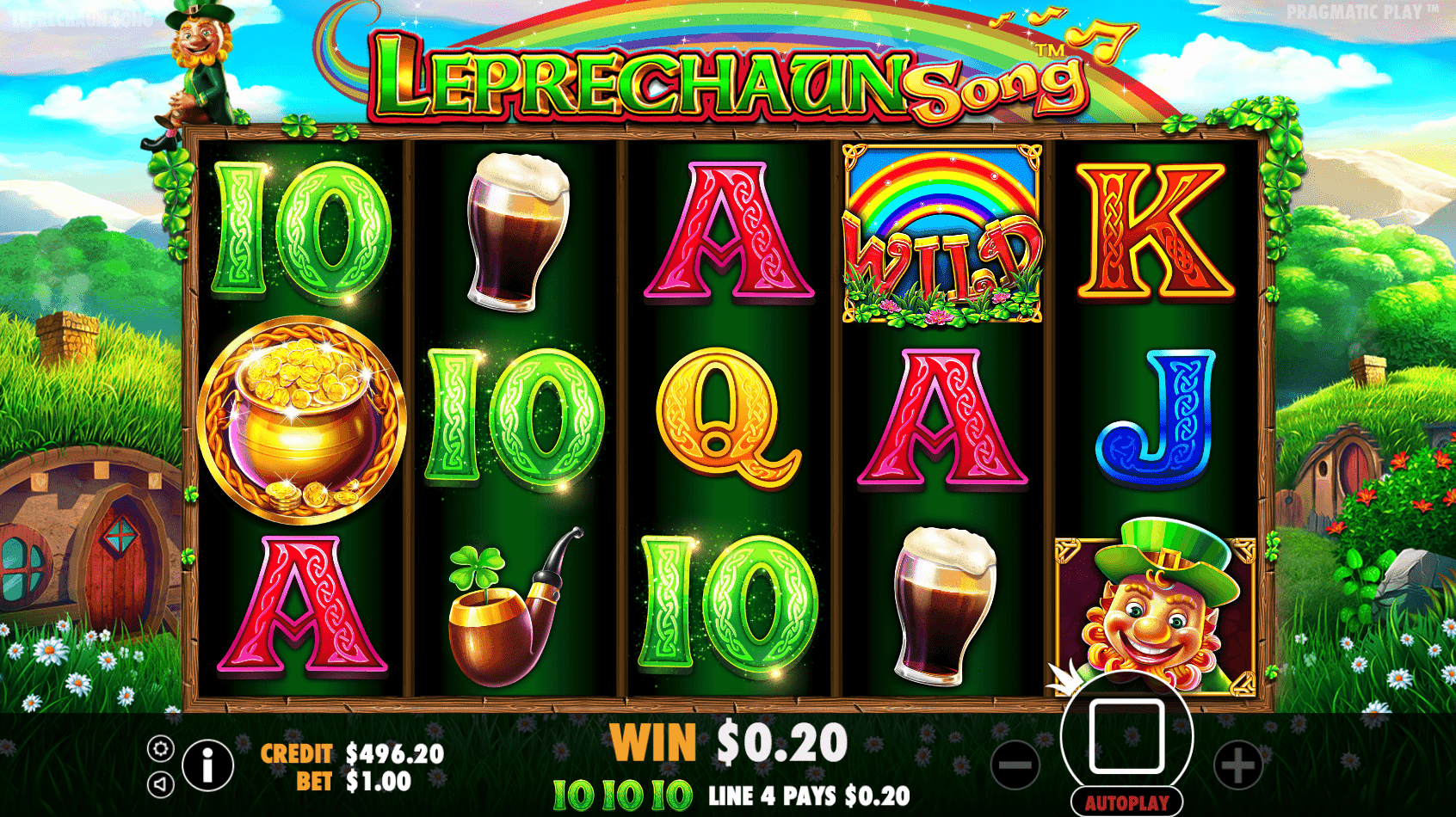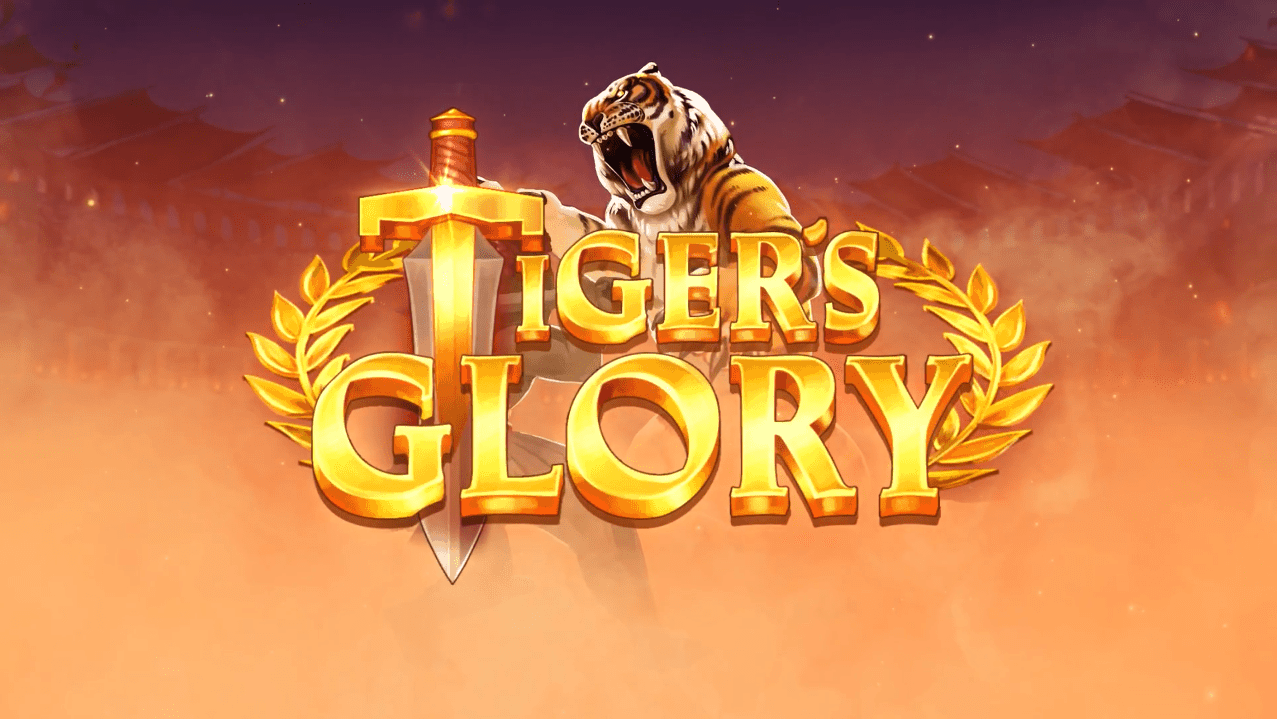East Meets West
- 20 Feb 2016
- Rob
- 0
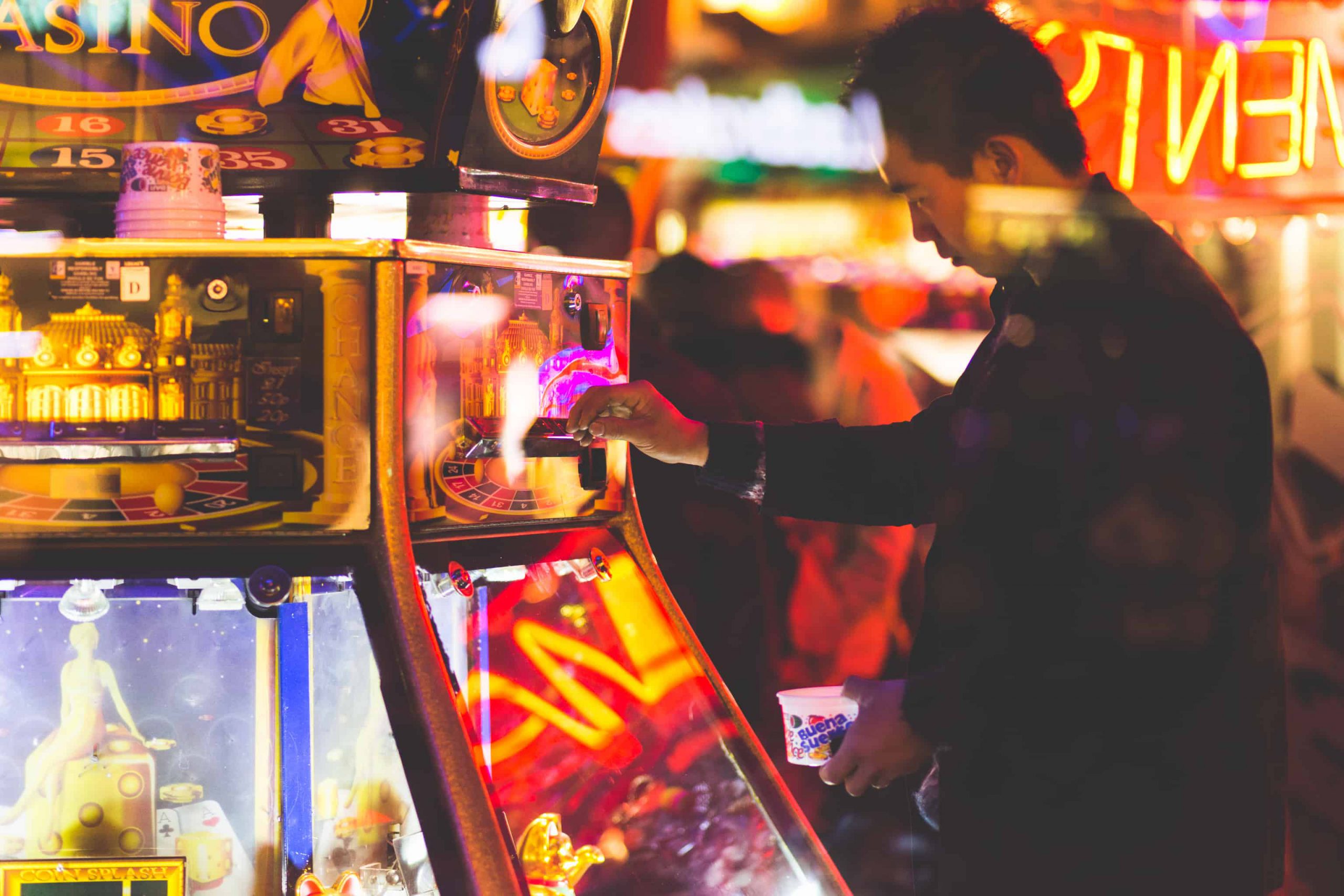
East Meets West
In a previous job I had the pleasure to talk to many different casino operators, with very different cultures and offerings and thus very different requirements for casino games. One of the recurring requests that came up is the demand for “Asian themed” games.
The request itself can be a bit misleading for many reasons most notably because:
- “Asia” is a big place and what most people really mean is Chinese themed games;
- An “Asian theme” is further subjective and is interpreted very differently depending on the casino’s interpretation of an Asian theme; and
- It’s never clear if the casino managers are thinking about Asian themed visuals or Asian themed game mechanics… or both. There is a significant Chinese community in many regulated markets and a fair hypothesis is that Chinese players tend to provide greater LTVs.
If you just work from the stereotypes created by the mainstream media, it is fair to say that gambling and casino seem almost ingrained in Chinese culture. For instance in the last James bond movie ‘Sky Fall’, Mr Bond had to travel to Macau to collect an assassin’s bounty. The first image of Macau that the viewers are presented with is not one of the many baroque Roman Catholic churches, the Guia Fort, or the amazing A-Ma Temple but of course, a casino in Taipa. A casino full of glitz, glamour, dragon statutes, Mandarin calligraphy, bold primary colours, water taxis, bright lights, paper lanterns and komodo dragons. This in my mind heavily influences the perception of ‘Asian’ themes and developers risk missing true cultural knowledge and lore that can and should influence their game design if they want to reach Chinese consumers.
Macau (First Cagayen) is of course a licensed jurisdiction so it’s fair to say that there *is* a large demand for casino – especially in land based form. Part of this perhaps comes from traditional Chinese culture that acknowledges and accepts the notion of ‘luck’ as part of life. Twinned with luck comes superstition so it goes without saying that if you want to appeal to Chinese players you need to understand what they would want to see in a casino game. In Chinese culture certain symbols have inherent meanings; The snake symbolises financial good fortune, the rabbit stands for luck and longevity while the dragon is a sign of prosperity and strength. Likewise red or yellow felt is considered lucky in China where-as the number 4 is considered unlucky because it is a homophone for the word meaning death. Including the number 4 in prevalent marketing of a casino game is probably not the best start to making a successful Chinese inspired casino game.
So my advise to any development team looked as to what constitutes an ‘Asian Theme’ should focus on two very different strategies (I reference Odobo heavily within as I believe it is a good example of a western distributor/platform actively embracing eastern themes as part of a their portfolio). Firstly look at the western interpretation of Asian themes. My personal opinion is that for many EU casino players, they will probably not get the chance to spend much time in mainland Asia (if at all) so games that include those stereotypes offer something exciting, different, and to a certain degree ‘the unknown’. Realistic Games’ Super Graphics Upside Down has been nominated for numerous game of the year awards and part of this is down to an ‘Asian theme’, which I might add is more Japanese/J-Pop than Chinese, but is an extremely successful game in EU that is definitely attractive to western players. NetEnt recently (2015) launched their ‘Lights’ slot which incorporates a simple water garden/bamboo/paper lantern-esque eastern theme, again focusing on Asian society stereotypes.
Speaking from personal experience it is best to utilise brand, imagery or themery that are inherently engrained in local culture rather than focus on games that embrace media stereotypes. Spicy Horse’s ‘Akaneiro’ (available on Odobo) is a video game brand popular in mainland China and has heavy Chinese influences in its visual style. Likewise another developer on Odobo is Lost World Games which has recently released ‘King of Kaiju: Rampage Riches’. This game features a theme inspired by the classic Toho monster movies, and wrapped together with graphic novel visual style. Again another example of an ‘Asian themed’ game attractive to a UK specific audience.
The second strategy for filling Asian themed requirements is to actually study traditional Chinese games to understand the mechanics and the game features, and understand what makes them attractive to Asian (READ: ‘predominantly Chinese’) players, and then, ensure that all the small nuances are included within the title. AppleJack Gaming produced and developed ‘Baccpo’ and ‘Baccarat Star’ on Odobo. Both games are popular-ish table games in S.E. Asia and Australia and Applejack’s online versions brilliantly emulate the land-based counterparts. Baccpo is a very quick table game that mixes Blackjack with Baccarat. Applejack’s online version capture the speed of the game in the card deal, the card flip and the resolve display and further incorporates symbols of luck and wealth prominently orientated at the card play positions to appeal to Chinese players. Baccarat Star is very distinct from the majority of existing Baccarat incarnations for one key reason – Players get access to a dynamic tracking board to “follow the dragon” and take a more informed betting strategy via an overview of their results. Furthermore two carp, symbolising profit, feature centrally on the table and the fenghuang (or Chinese phoenix) indicating joy is positioned above. Applejack’s table games are as much appealing to western audiences as they are to eastern audiences. Stands to reason that for table games, so long as the implementation and presentation is solid, an Asian theme seems to add to the appeal for western players where-as a western implementation seems to reduce the appeal for Eastern players.
In the land-based casinos slots aren’t as popular as some table games. Partly this is believed to be due to the fact that slots are viewed as a westernised game but more importantly because a slot machine works from a mechanical design and it’s harder for players to believe in ‘luck’ if that ‘luck’ feels manufactured (even though the reality is that its integrity is tried, tested and proven). Luck is easier to believe if it’s done through simple tangible means that can be seen and felt, the roll of a die, the flip of a coin, the spin of a marble…etc. Good land-based slot providers in China recognise this and have some very neat mechanics to deliver this to the player. Yoyou Gaming are a RMG developer based in mainland China who have migrated their land-based slot games to the online sector. Much like the table games referenced above, all of Yoyou’s games use traditional and understood Chinese themes – a side point being that if you want great localised content, obtaining it from the studios who live, breath and have success in the local markets is going to be hugely advantageous. What is very different about Yoyou’s slots is that they don’t feature traditional reel strips. In their game ‘Gold Dice’ for instance, each reel is determined by the roll of three 6-sided dice (shown onscreen) the result of which relates to a comprehensive lookup table to determine the reel symbols. A normal EU or US slot player understands the concept that in western built slots the symbols are determined by the reel drum and the reel stops, however Yoyou has brilliantly abstracted a slot game to work from nothing more than the roll of dice.
What is further interesting is that Gold Dice seems to be offered across a variety of Western/European operators. This is a very different flow than the way the market has worked in the table games because here we have very localised eastern content, and game mechanics being delivered in a western inspired slot framework. Performance of the game must be good as I understand the games are now successful deployed in European land-based casinos being Starbet and Starcasino in Belgium.
At present you can see that a number of big distributors in Asian are signing deals with European slots providers (Asia Gaming, BBIN, One Works, Top Game etc..) so there does appear to be a shift in appreciation for European slots in Asia; whether this continues is yet to be seem however both Playtech and Microgaming are very much ‘into’ mainland Asian with their content and it doesn’t look like they plan to pull out. Ultimately whatever you do in terms of game design, stick to some key fundamentals being make the game fun, and make the game simple. If you opt to localise the game to certain markets or wish to adopt certain styles and themes then ensure you do your homework of the theme you’re adopting; and create the style inline with the underlying game design…don’t just apply a clichéd graphic pack to a standard game design [yeah you heard Play’N Go.. Golden Legend..].
RECENT POSTS
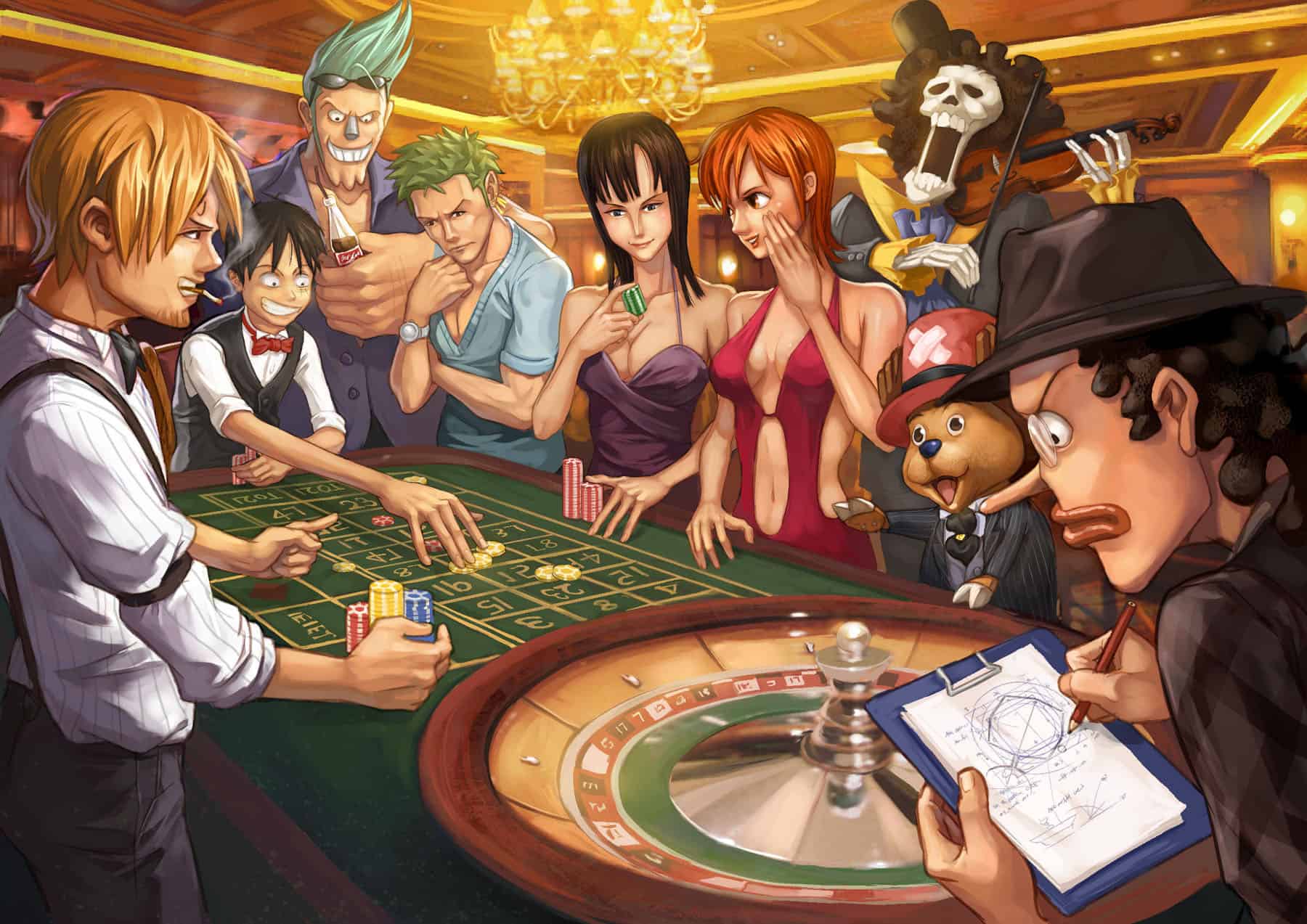
Anatomy of a Slot
20 Feb 2016
3
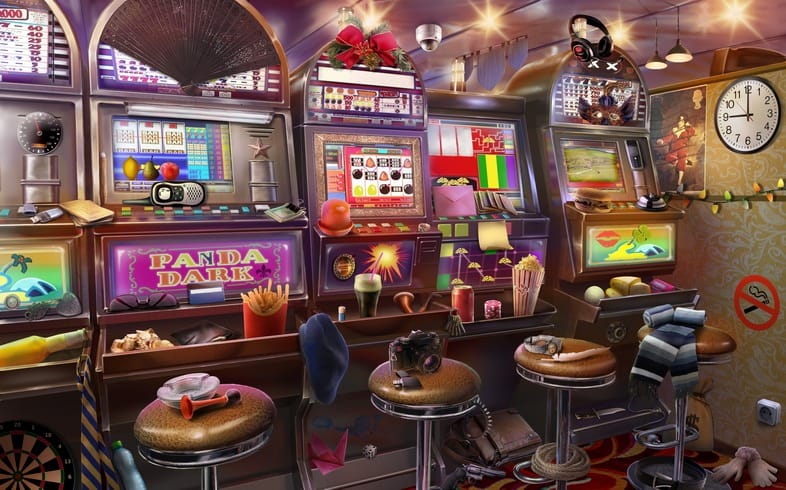
The best online slot games…. (Still in some cases)
20 Feb 2016
3
PGSI Result
20 Feb 2016
3
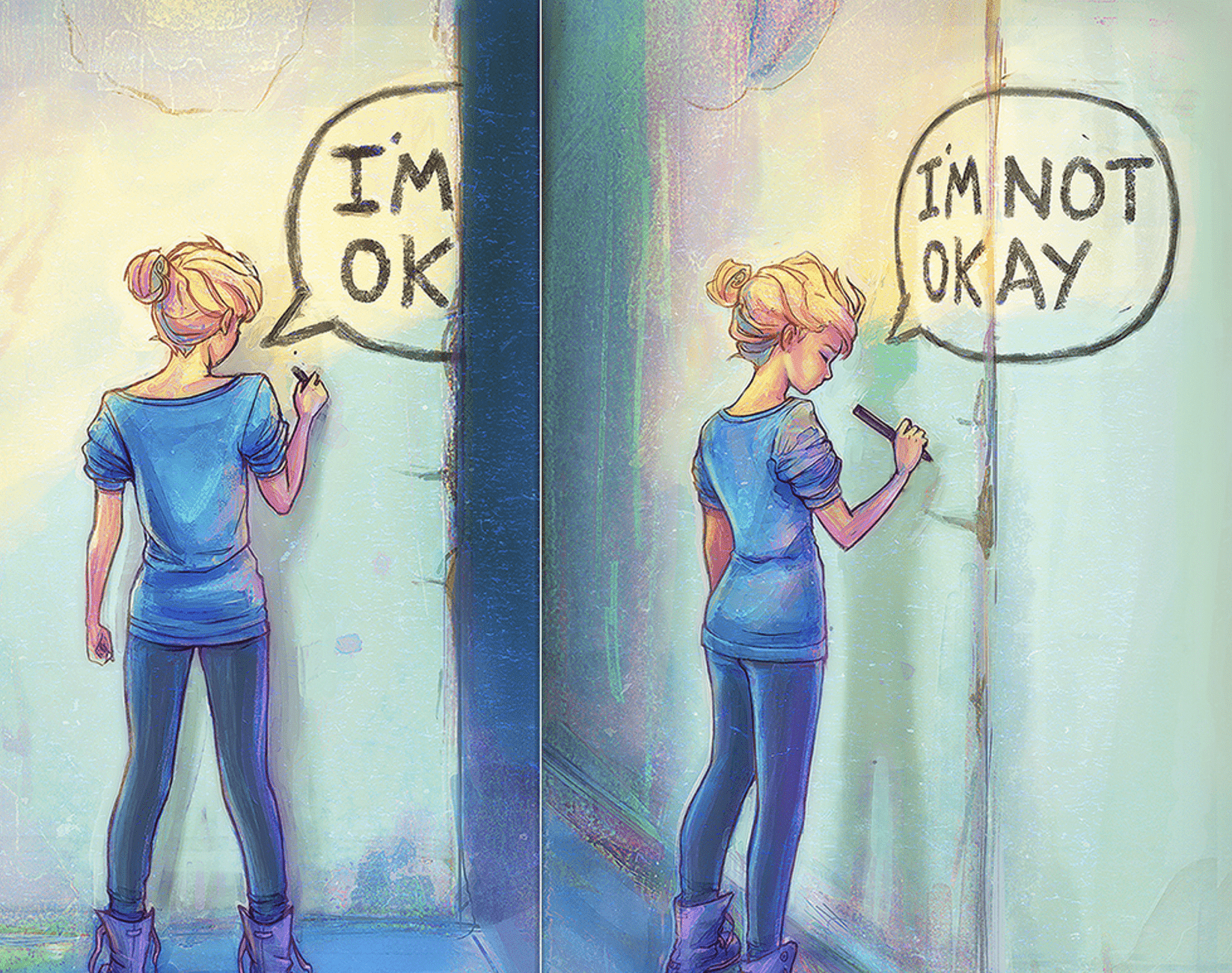
Are you staying safe whilst gambling?
20 Feb 2016
3
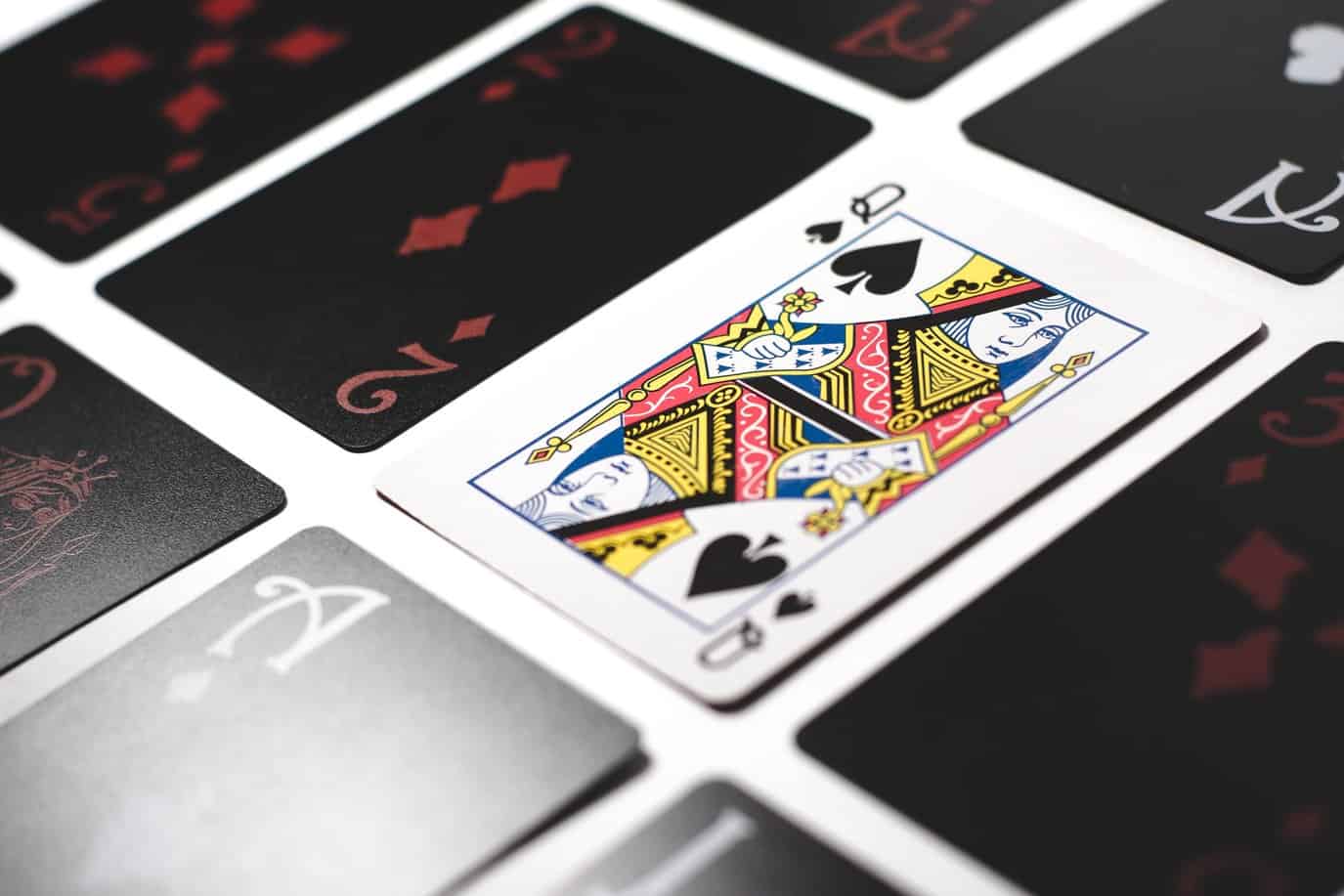
Table Games Explained
20 Feb 2016
3
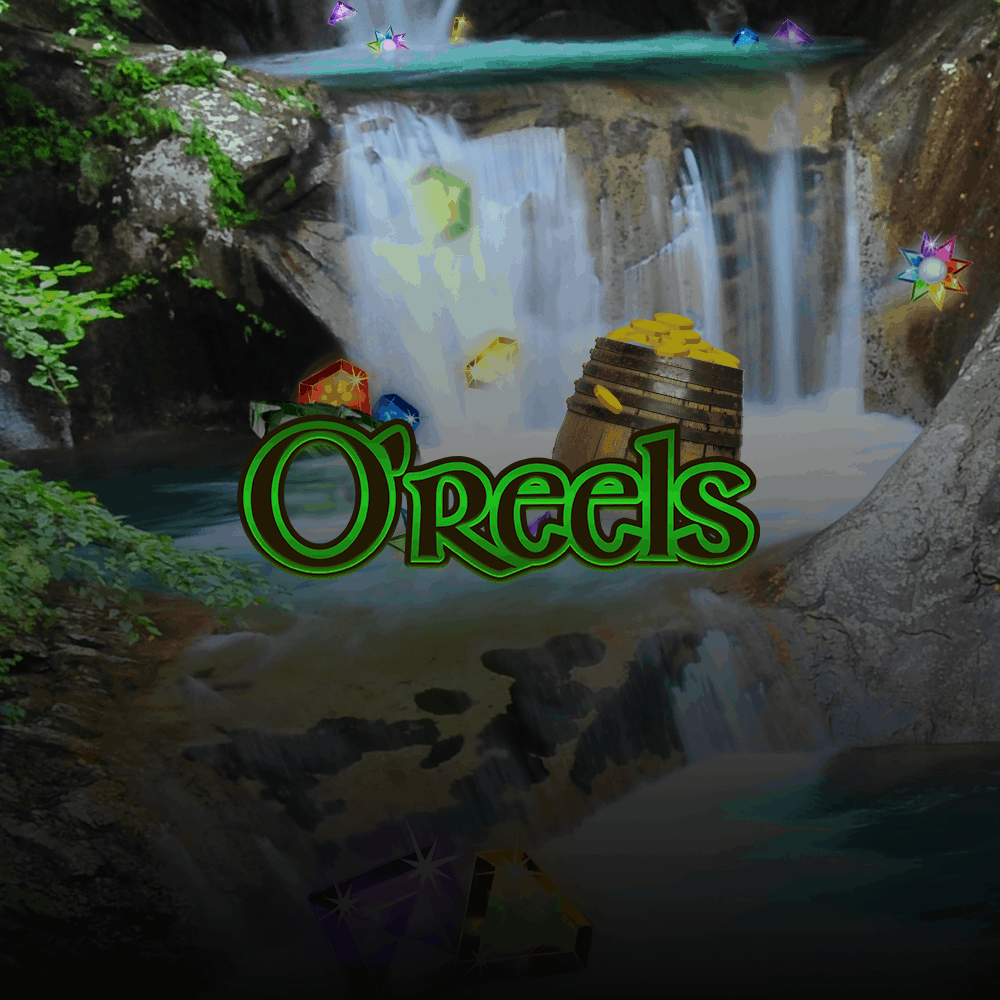
Top O’Reels Slots
20 Feb 2016
3




